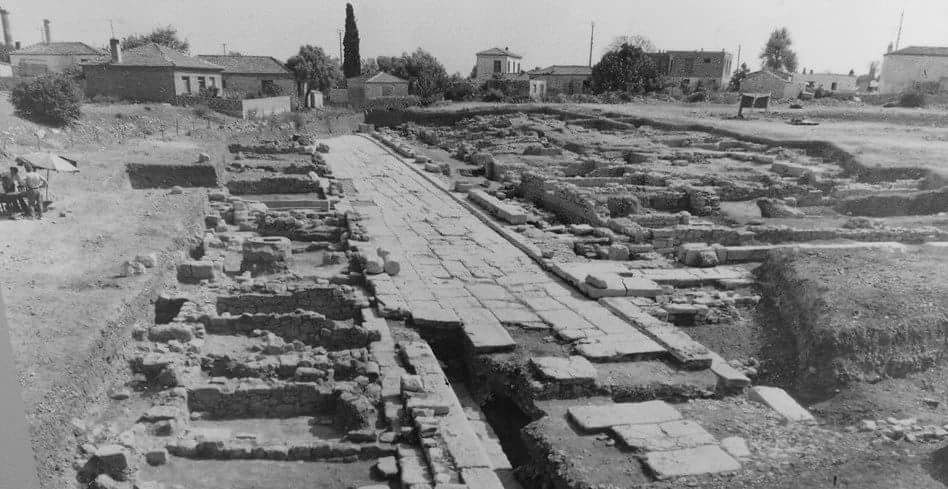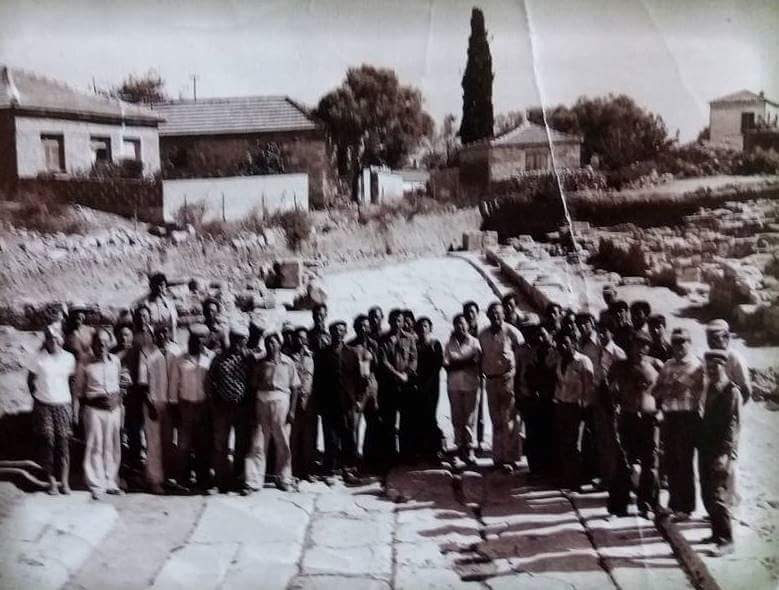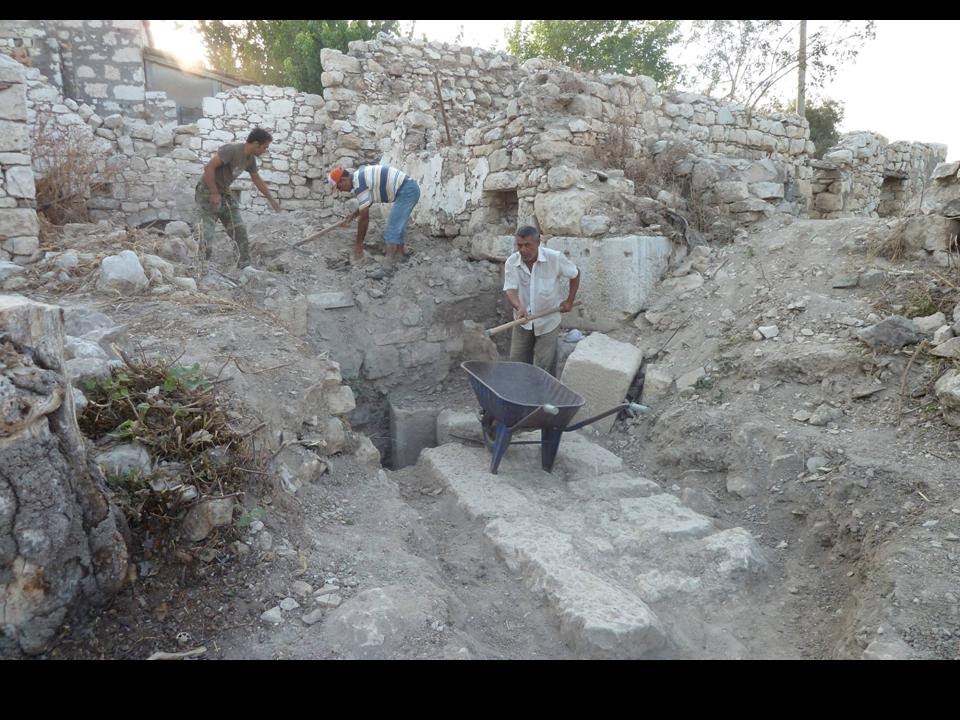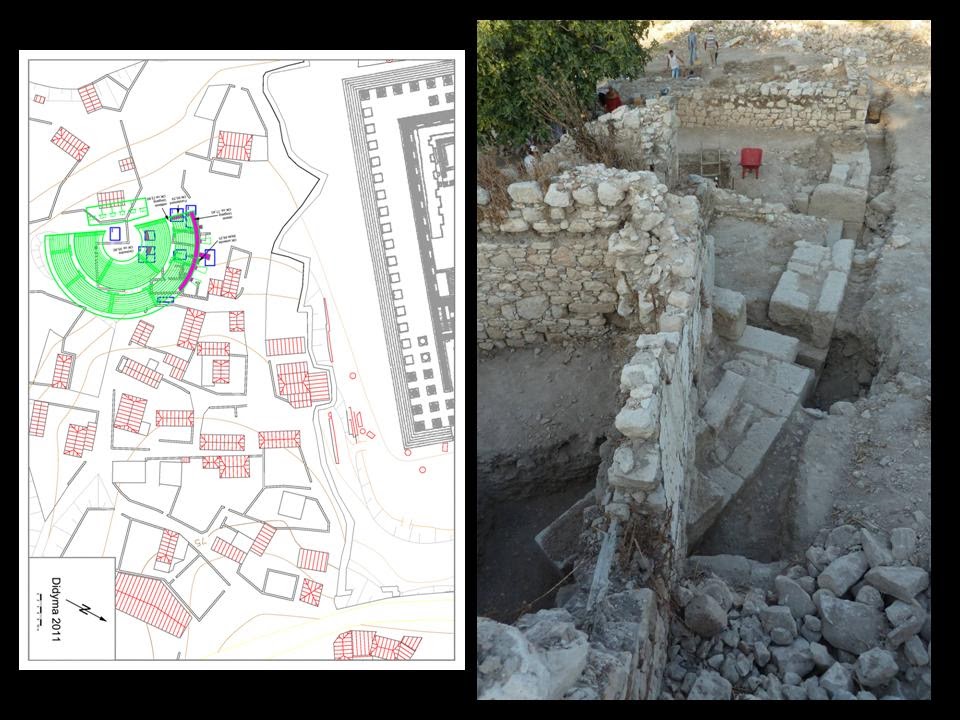My previous two articles have afforded me to focus on the relatively minor, inexpensive tweaks to the appearance around the Temple of Apollo to enable visitors to better appreciate the elegant antique architecture that stands as a symbol to this growing resort. Namely; clean the graffiti, smarten the surrounding abodes and secure the perimeter walls, while also officially opening the Sacred Road to the public, writes Glenn Maffia.
This work is outside the remit of both Didim and Aydın councils as, being an archaeological site, the area’s management falls directly on the Ministry of Culture. Our local Ministry of Culture is administered from Aydın, from where the director of this local branch visits Didim regularly. Credit to him.
I am a little surprised that he, or his officials, has not identified this ‘eyesore’ with some matter of concern at an earlier stage.
Are they conversing?
As a German archaeologist recently mentioned to me, “The GAI (German Archaeological Institute) have spent much time, effort and expense maintaining and cleaning the iconic columns of the temple, while the rest of the area looks like a dump”; especially to the inquisitive eyes, and cameras, of the ‘quick to judge’ foreigners.

Neither do I believe such an operation will impinge upon the archaeologists’ domain of keeping a site as pristine as is possible, as they endeavour to peel back the layers of time to reveal our human past.
I have written extensively about the tremendous finds in recent years (theatre, second temple and Hellenistic foundations), and personally I feel it is inevitable there is substantially more beneath our feet as we walk around the site.
What I often ponder is whether there is any coherent plan formulated between the Ministry of Culture and GAI? We simply do not know. What is sparingly apparent is that we do not, at this moment, even have a guidebook to inform visitors about the Didyma site in the shop attached to the entrance kiosk (I looked last week). Hardly inspiring a thirst for education in the breasts of our guests. Clearly, one party or another, or both, are not particularly doing anything exemplary in promoting this site.

Opportunist individuals
It is also far from clear if any definition of the completed project, or even a proposed vision, has been discussed between the parties. Surely, there must be an objective in mind, which merges the academic interests and concerns with the commercial viability of promoting the site to the general public? One tends to observe a marketable aspect so glaringly prevalent in the more famous ancient sites (e.g. Ephesus) of this fabulously historically rich land. The country is akin to being a veritable open-air museum such is the glorious wealth of all its artefacts.

These, I am sure all shall agree, must be treasured and protected with the utmost care and sensitivity.
Unfortunately, we do possess a visible number of recidivists who plunder these ‘treasures’ from antiquity, as has been reported extensively in various media outlets during these economically pressing times. One can understand the motive herein, but not the irreparable damaging consequences, not only to history, but to their country.

The official arms of the law appear to have far-reaching jurisdiction and an impressive success rate in apprehending these miscreants, though the reporting of any convictions is decidedly thin on the ground. I do so desire that such offences are not trivialised to a cursory ‘slap on the wrist’.
Too entwined
My personal view is that this external threat of outright theft is implicit in the Didyma site not being revealed into the public domain. Protecting the Temple of Apollo is one thing, and there is a watchman on duty every night. Though the ‘external’ (theatre, second temple, etc.) archaeological elements are too interwoven within the fabric of the village’s everyday life, leaving them vulnerable to the financially voracious. They are also geographically separated over disparate areas which all but renders them impossible to police.

Obviously, this is a quandary that at this particular moment is complex to resolve. I cannot conceive of an amicable resolution between the opposite factions of palpable commercialism and preserving the integrity of history. Especially as the subject matter is not contemporary local history.

I perceive this issue shall just be allowed to drift, and the second most important Oracle in history shall be confined into the desires of a historically indifferent local population. My humble opinion is that they are spilling greater glories and an increase in affluence, in favour of bucolic conservative inertia.